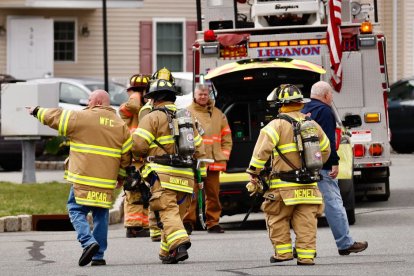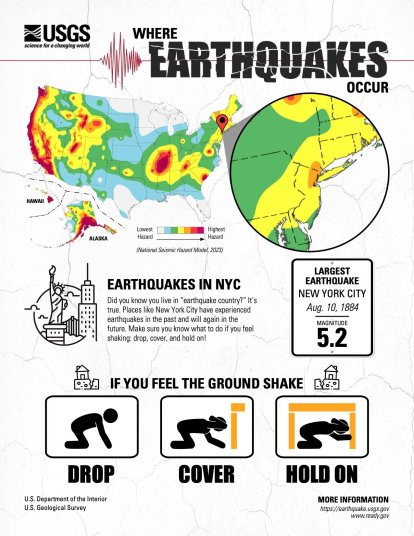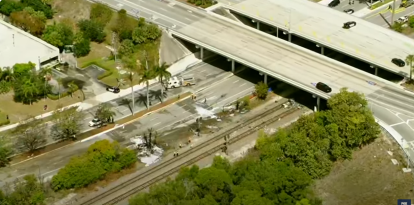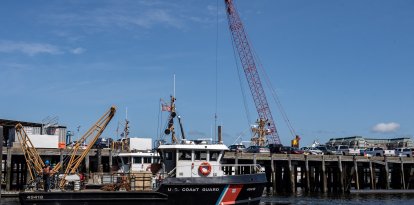Earthquake in the Northeast: Authorities warn of possible aftershocks while assessing damage
After Friday's earthquakes, one of them the worst in the last decade, experts remind people what to do when the ground starts to shake: "Drop, cover, hold on."

Rescue workers inspect homes in Lebanon, N.J., after a 4.8-magnitude earthquake. (AFP)
A string of earthquakes shook the northeast of the country this Friday, from New York to Philadelphia. There were two earthquakes with an epicenter in New Jersey. The first one which took place around noon was a magnitude 4.8. The other, which took place in the afternoon, was a magnitude 3.8, but it was initially recorded as a 4.0. According to the United States Geological Survey, 179,672 people reported feeling the first earthquake and 11,875 felt the second. A 2.0 magnitude aftershock was also reported later in the day in Bedminster, New Jersey. It was followed by other 2.0 and 1.8 aftershocks.
New York Governor Kathy Hochul reported that no "significant damage" had occurred, but that state authorities were still analyzing critical infrastructure:
"This is one of the largest earthquakes on the East Coast to occur in the last century," the governor also said after the first earthquake. "We have not felt the magnitude of an earthquake since about 2011." In the last 300 years, at least three magnitude 5 earthquakes have been felt in the region and "several of magnitude 4," according to the Geological Survey. After all, the United States is a "country of earthquakes."
The governor warned after the first tremor about possible aftershocks, a warning that experts also emphasized this Saturday. Geological Survey research structural engineer Kishor S. Jaiswal even claimed that aftershocks are likely to continue "for several days and even a week," in statements reported by The New York Times.
"This is not something that's high on the list of what you're expecting," New Jersey Governor Phil Murphy told ABC. New Jersey, like other state and local governments in the affected areas, said it was investigating whether structural damage had occurred. Transportation services reported that they were also analyzing the impact of the earthquakes, in some cases announcing delays, and asked people to look out for updates.
What to do in an earthquake?
The infrequency of earthquakes in the region led authorities to offer some basic recommendations on how to act when one does occur. "If you feel shaking, drop, cover, and hold on!" People need to get down and take cover under a sturdy piece of furniture, such as a table or desk, and hold on to it firmly until the ground stops shaking.

(United States Geological Survey
People were also asked not to leave buildings and to stay away from windows, mirrors, skylights and any furniture that could fall over.
The University of Washington's emergency preparedness department also warns that doorways are not safe, despite popular belief:
Those outside should look for clear areas, away from "away from buildings, trees, signs, streetlights, and utility wires."
The authorities also reminded people that they can call 911. They asked people to look after their neighbors and family.
RECOMMENDATION





















